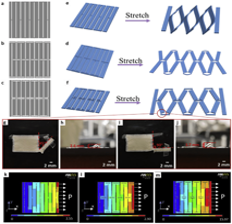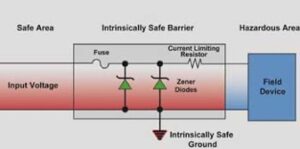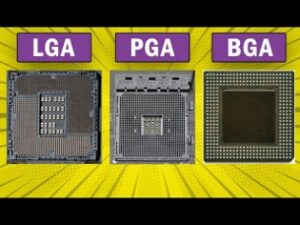Printed Circuit Boards (PCBs) are the backbone of modern electronics, and as devices become more compact and complex, multilayer PCB layouts have become increasingly important. Unlike single or double-layer boards, multilayer PCBs stack multiple conductive layers separated by insulating material, enabling higher circuit density, improved performance, and reduced size. Designing a multilayer PCB requires careful planning, technical knowledge, and a systematic approach to ensure signal integrity, manufacturability, and reliability.
Why Choose a Multilayer PCB?
Before diving into the design process, it’s worth understanding why multilayer PCBs are chosen over simpler alternatives:
- High Circuit Density: More layers allow for complex circuitry without enlarging the board footprint.
- Improved Signal Integrity: Controlled impedance and dedicated power/ground planes reduce noise and crosstalk.
- Compact Size: Essential for modern electronics such as smartphones, wearables, and IoT devices.
- Better Power Distribution: Power planes ensure even voltage delivery across the entire board.
Steps in Designing a Multilayer PCB Layout
1. Define Board Requirements
Start with clear specifications. Consider:
- Number of signals and layers required
- Electrical performance (speed, frequency, impedance)
- Mechanical constraints (board size, shape, connectors)
- Thermal requirements and expected operating environment
2. Layer Stack-Up Planning
The stack-up defines the order of conductive and insulating layers. Common configurations include:
- 4-layer stack-up: Signal → Ground → Power → Signal
- 6-layer stack-up: Signal → Ground → Signal → Signal → Power → Signal
A well-planned stack-up improves EMI shielding, signal integrity, and reduces manufacturing challenges.
3. Component Placement
Effective placement is crucial:
- Place critical components (MCUs, FPGAs, power regulators) first.
- Group related parts logically (e.g., decoupling capacitors near IC power pins).
- Maintain clear routing channels for high-speed signals.
4. Routing Strategy
Multilayer routing requires discipline:
- Assign signal types to specific layers (e.g., high-speed signals on inner layers).
- Use ground planes as reference for controlled impedance.
- Minimize via usage on high-speed paths to reduce reflections.
- Route differential pairs with consistent spacing and length matching.
5. Power and Ground Planes
Dedicated planes are critical for stable operation:
- A solid ground plane reduces EMI and provides a reference for signals.
- Power planes minimize voltage drops and noise.
- Use multiple vias to connect components to planes for low impedance paths.
6. Thermal Management
Multilayer boards can trap heat. To manage this:
- Place thermal vias under heat-generating ICs.
- Use copper pours for heat spreading.
- Consider adding heatsinks or thermal pads if necessary.
7. Design for Manufacturability (DFM)
Keep fabrication constraints in mind:
- Minimum trace width/spacing
- Drill sizes for vias
- Copper thickness
- Layer alignment tolerances
Collaborating with your PCB fabricator early ensures your design is cost-effective and manufacturable.
8. Simulation and Verification
Before finalizing the layout, run simulations:
- Signal Integrity (SI): Check for reflections, crosstalk, and impedance mismatches.
- Power Integrity (PI): Verify power distribution and decoupling.
- Thermal Analysis: Model heat dissipation in dense areas.
Best Practices
- Always keep ground reference planes intact—avoid splitting them unnecessarily.
- Place decoupling capacitors as close as possible to IC power pins.
- Follow shortest return path principle to reduce noise.
- Document your stack-up and routing strategy for future revisions and debugging.
Conclusion
Designing a multilayer PCB layout is both an art and a science. With proper planning, thoughtful stack-up design, and careful routing, multilayer boards provide unmatched performance and reliability in compact electronic systems. Whether you’re developing high-speed communication devices, medical equipment, or consumer electronics, mastering multilayer PCB design is an essential skill for today’s electronics engineers.




